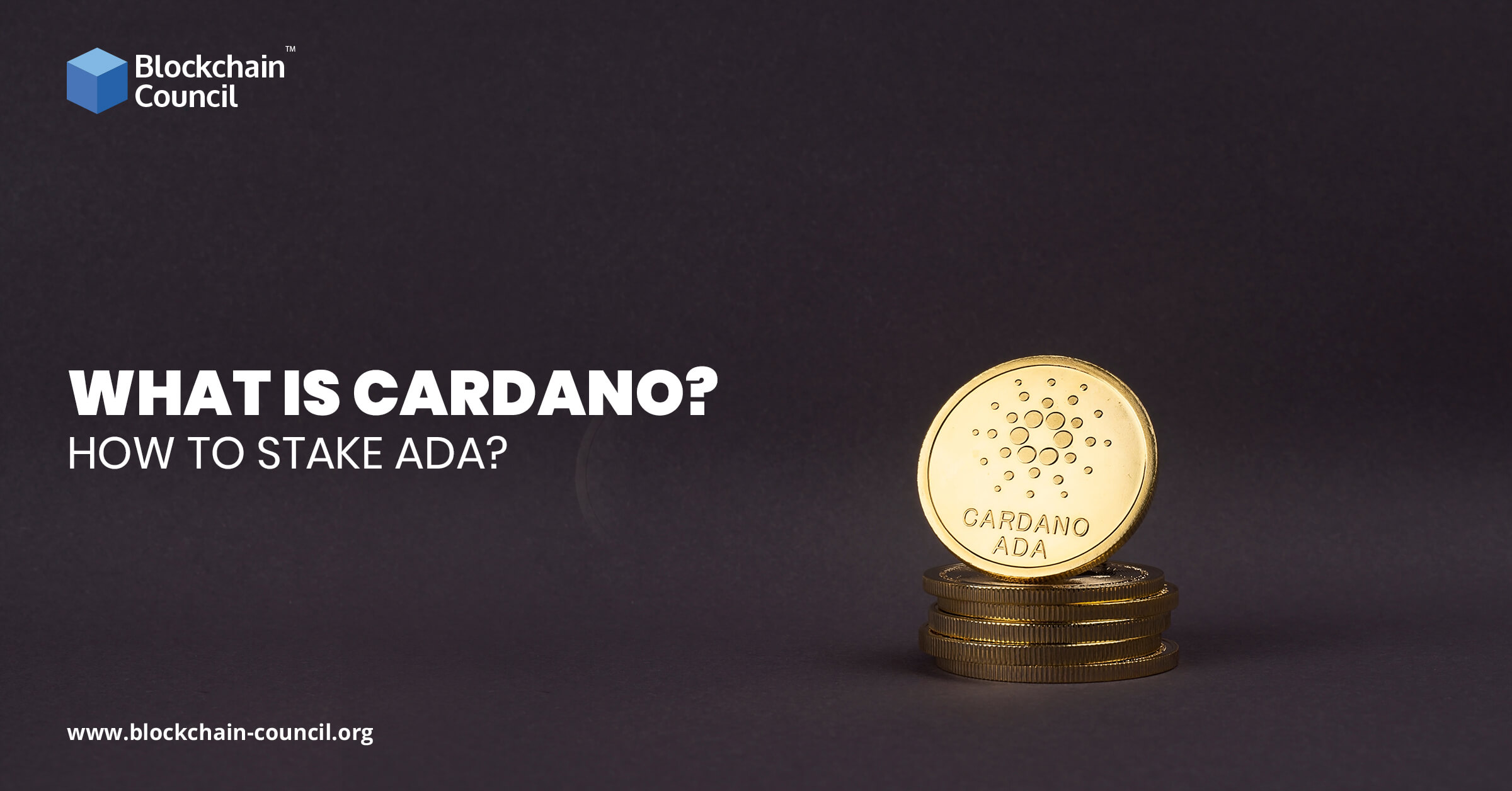
- Avinandan Banerjee
- October 18, 2024
Cardano or ADA has undoubtedly become one of the fastest growing Blockchain-based assets in the whole cryptocurrency space. Ever since it was released back in 2015, ADA, the native cryptocurrency of the Cardano Blockchain, has been among the top 15 cryptocurrencies in terms of market capitalization. The technology associated with the network is developing at a breakneck speed. Experts are of the opinion that it can even surpass and take over the hugely popular Ethereum Blockchain based on its technological brilliance.
Most recently with the Chang hard fork in September 2024, which introduced decentralized governance, giving ADA holders the power to vote on network changes. A uniquely designed multilayer architecture and impressive mathematical principles used in the consensus mechanism sets apart Cardano from other competing Blockchains in the industry. The Alonzo upgrade added smart contract functionality to Cardano, allowing developers to build decentralized applications on its highly scalable platform.
Cardano was developed by the same team that worked on the Ethereum project and many experts are convinced that this Blockchain will eventually become the next generation of solutions in the cryptocurrency space.
So What Exactly is Cardano?
Much like other cryptocurrencies, Cardano (ADA) is a digital cryptocurrency that is used for storing value and even for receiving or sending funds over the network. The native cryptocurrency known as ADA runs on the Cardano Blockchain, which has been designed purely based on mathematical and scientific principles. The team who worked on the Cardano Blockchain are renowned for their expertise on engineering and cryptography.
The Cardano Blockchain is capable of building smart contracts which in turn, can spawn an entire generation of decentralised protocols and applications. Most importantly, the fact that one can send and receive funds in an instant on the Cardano network, and that too, while paying only a minimum amount of transaction fees, opens up a whole new world of possibilities in finance and business.
An impressive thing about the Cardano Blockchain is that they have kept global regulators in mind, and developed the network accordingly so that they can provide financial services and be in compliance with global regulations in future.
Cardano is revolutionary in the sense that it is trying to resolve several issues inherent in the Blockchain industry as of now. Some of these are as follows:
- Leveraging mathematics to construct a secure Blockchain that is less accessible to attackers
- Separating computational and accounting layers
- An infinity scalable consensus mechanism
- Creating a secure voting mechanism for the holders of the ADA tokens.
The Architecture of Cardano Blockchain
The Blockchain contains two core components. The CSL or the Cardano Settlement Layer primarily functions as a unit of account. This is also the place which allows the token holders to receive and send ADA tokens in an instant in exchange for a minimum transaction fee. The CCL or the Cardano Computational Layer on the other hand is a series of protocols, which is basically the backbone of the network.
Moreover, it is responsible for developing smart contracts, allowing other advanced forms of functionality such as identity recognition and blacklisting and also ensuring compliance and security. The open source code of Cardano is written by using Haskell, which is a secure programming language accepted universally.
Cardano is a Proof of Stake (PoS) based Blockchain network. The protocol used to design this consensus protocol is known as Ouroboros. This state of the art consensus protocol is the reason how token holders can transact seamlessly with ADA on the network, while maintaining proper security of the smart contracts.
-
The Daedalus Wallet
Unlike other popular cryptocurrencies such as Ethereum or Bitcoin, Cardano has its own digital wallet exclusively for its native ADA tokens. The wallet can run a complete Blockchain node apart from being just a wallet. This gives the users complete control over their funds. Moreover, it also provides the ability to ensure total transparency over the Blockchain itself.
-
Uses for Cardano (ADA)
The Cardano tokens or ADA can simply be used to transfer value, similar to what we do with cash. In reality this is also similar to how other cryptocurrencies such as Bitcoin or Ethereum function.
However, one of the most enduring features of the Cardano Blockchain is their PoS or Proof of Stake protocol where the ADA tokens are staked to the network. This in turn facilitates stake pool operators validating their transactions successfully. This is exactly where Cardano takes the cake. Users get more Cardano just by staking their ADA coins as a reward for the efforts that they are putting in. It also maintains security on the network.
Cardano’s Development Phases
Cardano’s evolution is divided into several key stages, each adding significant features to the Blockchain.
- Initially, the Byron phase introduced the foundation for ADA transactions.
- Following that, the Shelley phase focused on decentralization, allowing the network to become more community-driven.
- This led to the Goguen era, which brought smart contract functionality, making it possible for developers to build decentralized applications (dApps).
- Afterwatds, Basho enhanced scalability, improving transaction throughput.
- The recent Voltaire phase is introducing on-chain governance, empowering ADA holders to participate more actively in decision-making.
Each phase has pushed Cardano closer to its goal of becoming a fully decentralized, scalable, and versatile Blockchain platform.
How to Stake Cardano Tokens?
In order to stake Cardano, users must first have access to a digital wallet. This is where they will have to delegate their tokens. Cardano is supported either by Yoroi or Daedalus.
While Yoroi is a browser-based wallet that has been developed by Emurgo, Daedalus is a completely full-node desktop wallet which was designed by IOHK. Once the wallet has been set up and synced with the Blockchain, ADA has to be transferred there to be used for staking. It can either be sent from a personal wallet or one can purchase ADA on an exchange and transfer it there.
Upon receiving the funds in the wallet, one has to choose which staking pool to delegate it to. It should be researched properly before choosing a pool because many charge a handsome fee for staking ADA.
Staking ADA earns users rewards, typically around 4-6% annually, and the Chang hard fork introduced a governance role for stake pool operators. This gives pool operators influence over future Blockchain upgrades.
Risks of Staking Cardano
-
Price Volatility
- Staking rewards depend on the market value of ADA.
- If ADA’s price drops significantly, the actual value of your rewards might be lower than expected even if the number of ADA you earn is the same.
-
Unpredictable Earnings
- Returns from staking pools are not guaranteed. Some pools may perform poorly, leading to fewer rewards during certain periods.
- Rewards fluctuate based on pool size, activity, and network conditions, so staking might not always generate consistent returns.
-
Dishonest Pool Operators
- Some operators may change their fees abruptly, lowering the rewards for delegators.
- Fraudulent operators can manipulate rewards or fail to distribute them properly, so researching a pool’s reputation is critical before staking.
-
Loss of Access
- If you forget your wallet recovery phrase, you may lose access to your ADA forever. This risk applies to staking, as ADA must remain in a wallet during delegation.
-
Regulatory Uncertainty
- Regulatory changes, especially in regions like the U.S., might affect staking services offered by centralized exchanges, potentially leading to penalties or restrictions on staking.
It is important to educate beginners about the risks involved in staking and decentralized governance. The risks could include fluctuating rewards, unscrupulous validators, and participation challenges in governance. Users should be aware that delegating ADA to the wrong pool or disengaging from governance could affect their experience
How to Choose a Staking Pool?
Fees
- Each staking pool charges a fee that varies based on the operator. Lower fees mean more rewards for delegators, but some high-fee pools may offer better performance.
- Review the percentage of rewards that operators take as fees and weigh this against their track record.
Performance
- Pools that create more blocks will offer more frequent rewards. However, larger pools might generate more blocks but offer lower rewards per user due to the higher number of delegators.
Reputation
- Look for pools with a strong track record of honesty and reliability. Community reviews and performance history help in identifying pools that will consistently deliver rewards without issues.
Operator Transparency
- Some operators publish regular updates on their pool’s performance and changes in fees. Pools that operate transparently are more likely to act in good faith with their delegators.
Smaller vs. Larger Pools
- Smaller pools often offer higher incentives to attract delegators, but they may produce blocks less frequently.
- Larger pools tend to offer more consistent rewards but may not provide the same incentives.
Environmental Impact of Cardano’s PoS Mechanism
- Energy Efficiency: Unlike Proof of Work (PoW) systems like Bitcoin, Cardano’s PoS requires minimal computational resources. Validators are chosen based on the amount of ADA they hold rather than competing to solve complex puzzles, reducing the overall energy consumption.
- Green Blockchain: As global conversations about sustainability in tech grow louder, Cardano positions itself as a green alternative to traditional Blockchain systems like Bitcoin and Ethereum. Cardano’s low energy footprint appeals to environmentally-conscious developers and investors who want to contribute to a more sustainable future.
- Scalability with Minimal Impact: The introduction of sidechains in the Basho phase allows for increased scalability without a corresponding rise in energy consumption. This means Cardano can handle more transactions as demand grows, without sacrificing its eco-friendly nature.
Cardano vs. Other Blockchains
Cardano sets itself apart from Blockchains like Ethereum and Solana by focusing on sustainability and scalability. While Ethereum recently transitioned to a Proof of Stake (PoS) model, Cardano has utilized PoS from the start, making it more energy-efficient. Unlike Solana, which has faced concerns about centralization and downtime, Cardano prioritizes decentralization and stability.
Cardano’s layered architecture also separates the transaction layer from the computational layer, allowing for more efficient updates and greater flexibility for future developments. This focus on security, efficiency, and research-driven advancements makes Cardano appealing for developers and investors alike
Conclusion
Knowing so much about Cardano must have piqued your interest in the cutting-edge technology that underpins it. As previously stated, the Blockchain may be used to create smart contracts, which can then be used to create an entire future of decentralized protocols and apps. Most significantly, the ability to receive and send funds instantly and at minimal transaction fees on the Cardano network opens up an entire universe of opportunities in finance and economics.



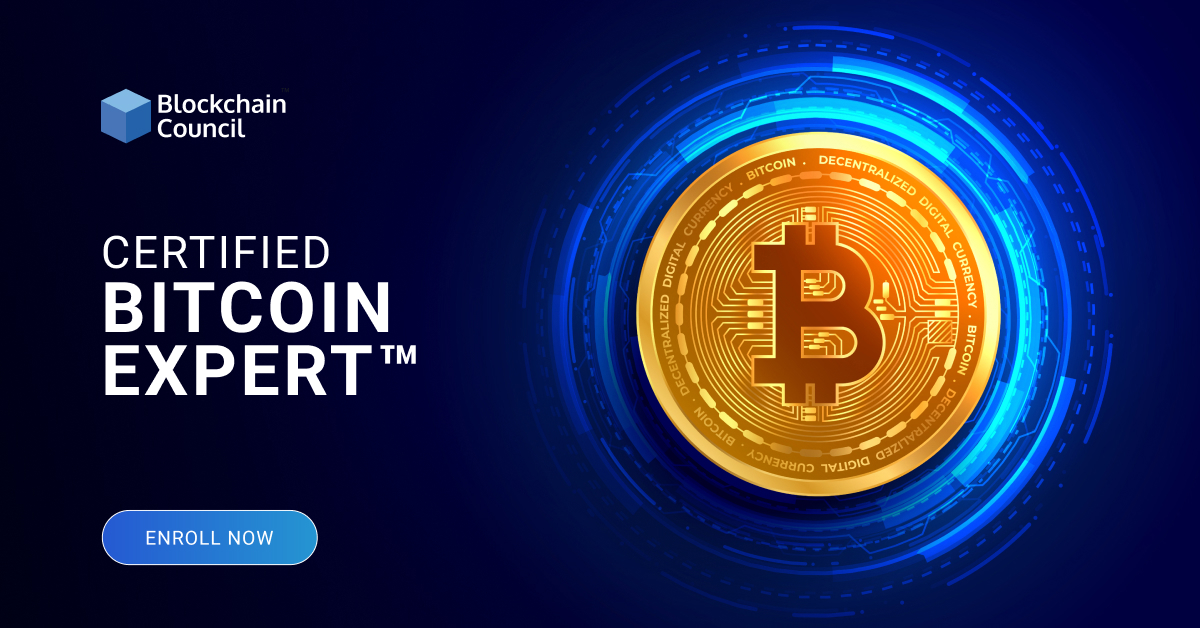


























































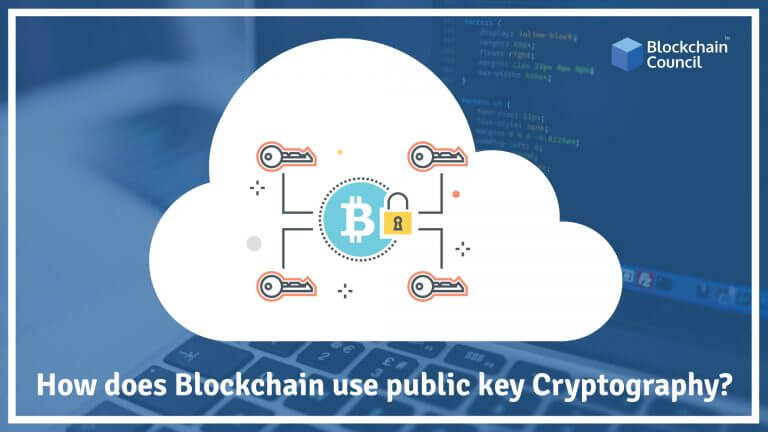
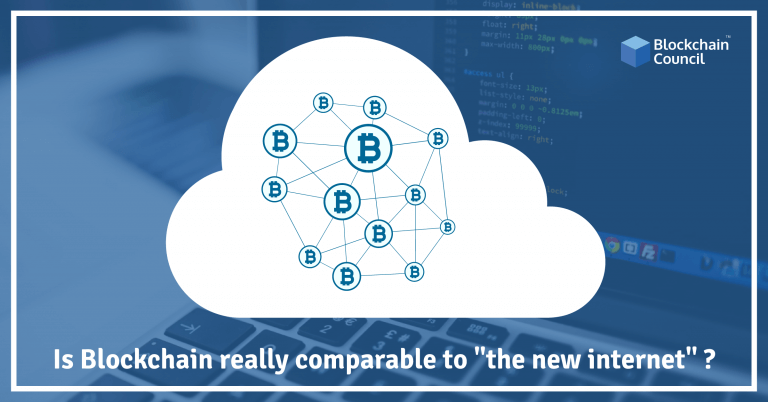
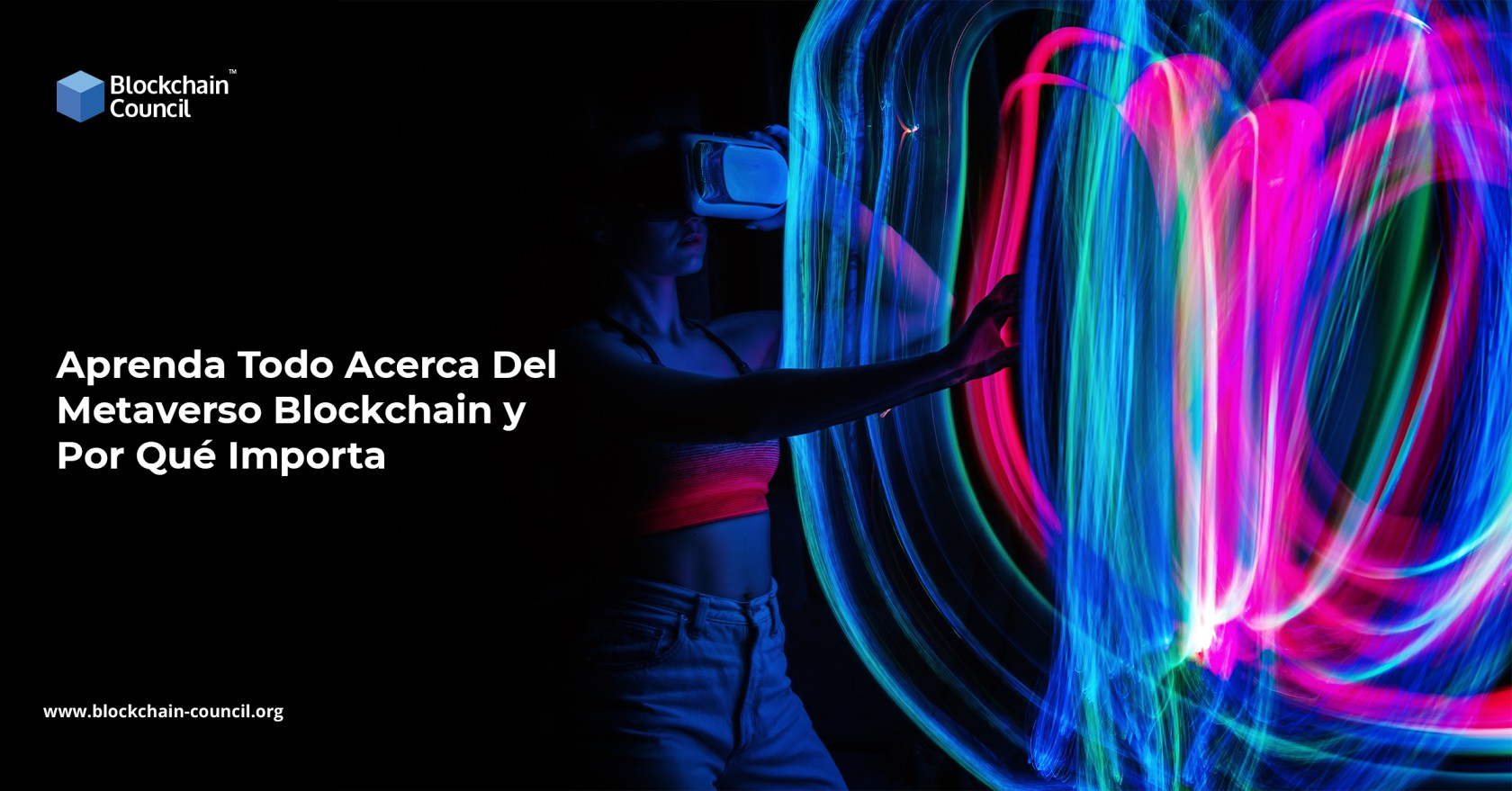

 Guides
Guides News
News Blockchain
Blockchain Cryptocurrency
& Digital Assets
Cryptocurrency
& Digital Assets Web3
Web3 Metaverse & NFTs
Metaverse & NFTs
